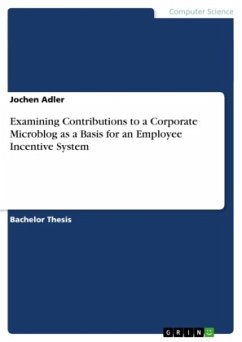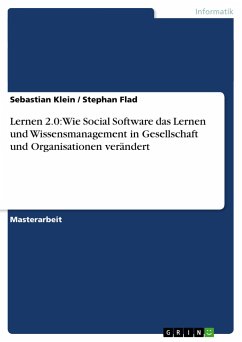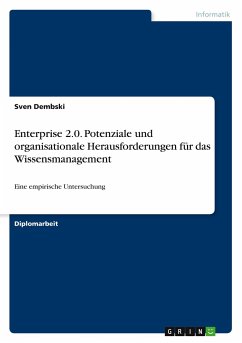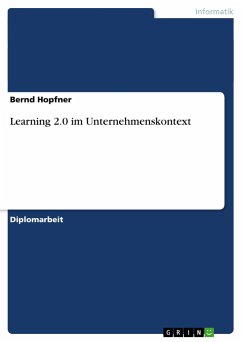Bachelor Thesis from the year 2012 in the subject Computer Science - Commercial Information Technology, grade: 2,1, AKAD University of Applied Sciences Stuttgart, language: English, abstract: Social media and social networks seem to be conquering human relationships. Corporations are increasingly expecting business benefits from such platforms for employee-to-employee networking and internal collaboration. But firstly, social software platforms have to be introduced into an organization successfully, which often requires strategic and cultural changes before the new technology effectively supports everyday work tasks and corporate procedures. Companies will thus be looking for ways to promote usage of the new platforms and influence employee behavior accordingly.After a review of selected relevant scientific theory and practical examples for social software analysis, this thesis analyzes employee contributions to a corporate microblogging platform in order to find a metric for organizationally desired behaviors. The nature of microblogging - short text messages that propagate across a network by means of very basic mechanisms, like subscription, repeats or responses - seems very well suited for such an analysis. Two metrics, describing an employees' influence across the network and the utility of their contributions as recognized by peers, were combined in a single numerical score. Such scoring could be used as a factor within an employee incentive system intended to reward extraordinarily active or useful contributors.








